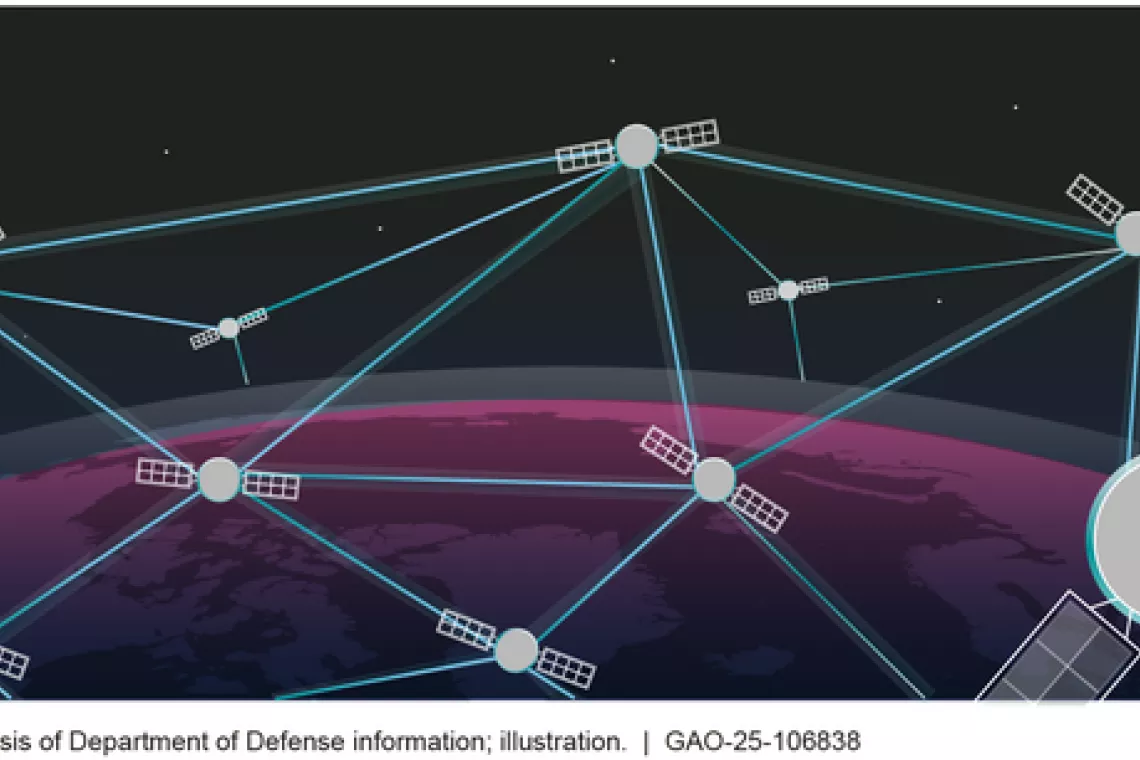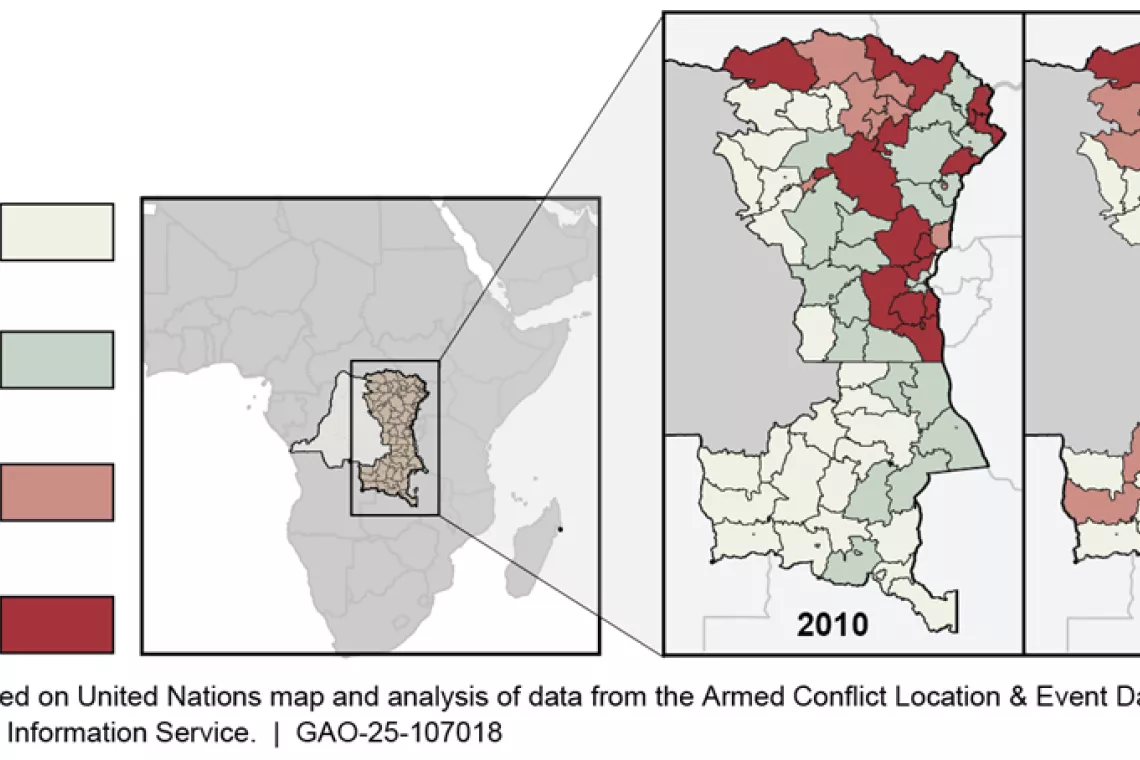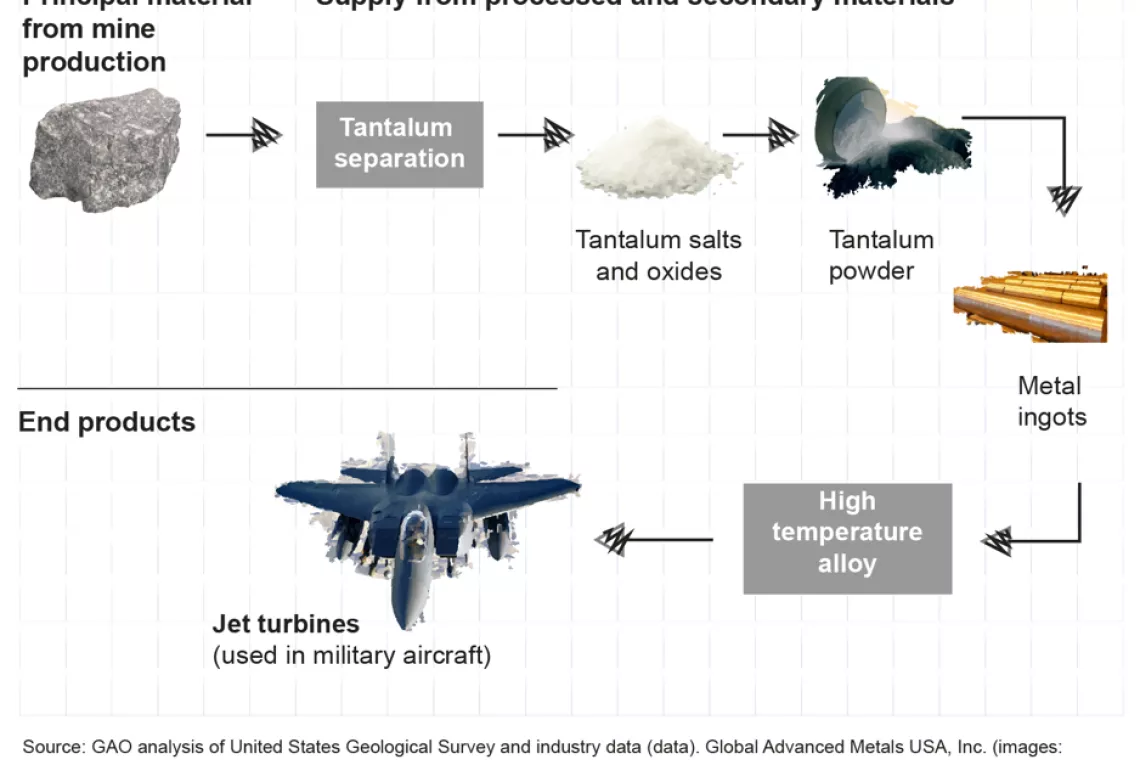Critical Mineral Shortages Could Disrupt Global Supply Chains
What do smartphones, automobiles, solar panels, and national defense programs all have in common? They all depend on secure and reliable global supply chains for certain key minerals.
In February, the U.S. government updated its list of minerals that are designated as critical to the economy and national defense. The U.S. generally relies on imports for many of these 50 critical minerals. However, COVID-19, trade tensions with China, and the war in Ukraine have added urgency to the need to ensure safe and reliable supply chains for critical minerals.
Shortages in critical minerals made headlines last year after automakers reported supply chain disruptions for semiconductors, which rely on critical minerals, such as lithium and cobalt. As a result, fewer cars were available for purchase and many customers had to wait for automakers to catch up to their backlogs.
Dependence on critical minerals is expected to surge over the coming decades, especially as the world transitions to renewable energy technologies.
Today’s WatchBlog post looks at our new report about federal efforts to secure critical minerals by advancing recovery, such as recycling and using unconventional sources, and substitution (i.e., finding alternatives), and our recommendations for improving the national strategy.
Image

What are the challenges to advancing critical minerals recovery and substitution?
We found five challenges that constrain efforts to advance critical minerals recovery and substitution:
- Data and analytical tools that are needed to guide investments in technology and infrastructure and support decision-making to increase recovery and substitution efforts are limited
- Research and development that could lead to the technologies needed to safely and economically expand and recover domestically sourced supplies is limited
- Limited domestic infrastructure and capacity prevents large-scale recovery and necessitates increased reliance on hard-rock mining and imports
- Potential adverse effects on the environment and worker safety complicate efforts to recover critical minerals from unconventional sources, such as mining waste, and recycling
- Limited economic viability of recovery and substitution methods hinders efforts to conduct large-scale recovery operations and utilize substitution.
What steps has the federal government taken to advance critical minerals recovery and substitution?
In 2019, the U.S. government issued a national strategy to secure the supplies of critical minerals. The national strategy proposed several actions that focus specifically on recovery and substitution, as opposed to traditional mining. For example, the national strategy called for the creation of a research and development roadmap, collaboration with industry to improve recovery, and incentivizing national defense innovations.
Federal agencies have taken steps to achieve these goals. However, the national strategy does not fully set goals or performance measures, identify how much it will cost to implement these activities, or describe how federal agencies will implement these activities.
Federal agencies also have taken some steps that may help address the challenges we identified. For example, the Environmental Protection Agency (EPA) issued guidance for protecting worker safety during electronic waste recycling. But more work is needed, and the national strategy doesn’t specifically discuss how federal agencies will address these challenges. As a result, the strategy’s usefulness to congressional and agency decision makers is limited.
How could the federal government improve its efforts?
In our new report, we recommended ways to improve the national strategy. We recommended that the co-chairs of the interagency group responsible for developing the existing national strategy work together to update it to address the challenges we identified and other recent developments. This could include things like newly enacted legislative requirements and updates to the list of critical minerals, as well as additional information that could help support decision-making.
Check out our new report on critical minerals to find out more.
- Comments on GAO’s WatchBlog? Contact blog@gao.gov
GAO Contacts
Related Products

GAO's mission is to provide Congress with fact-based, nonpartisan information that can help improve federal government performance and ensure accountability for the benefit of the American people. GAO launched its WatchBlog in January, 2014, as part of its continuing effort to reach its audiences—Congress and the American people—where they are currently looking for information.
The blog format allows GAO to provide a little more context about its work than it can offer on its other social media platforms. Posts will tie GAO work to current events and the news; show how GAO’s work is affecting agencies or legislation; highlight reports, testimonies, and issue areas where GAO does work; and provide information about GAO itself, among other things.
Please send any feedback on GAO's WatchBlog to blog@gao.gov.




